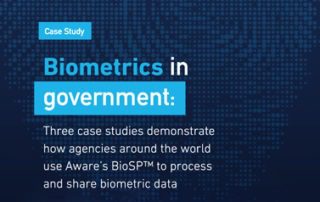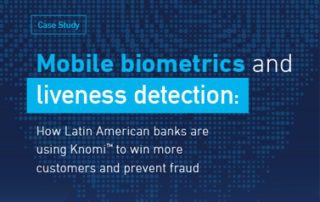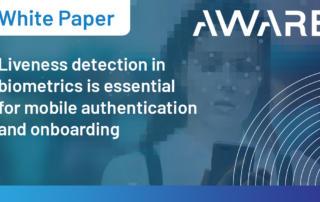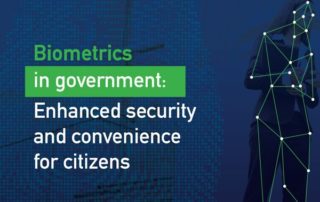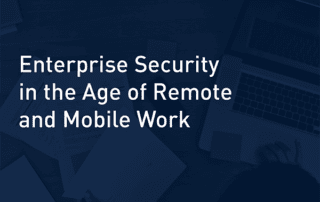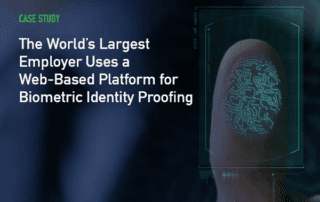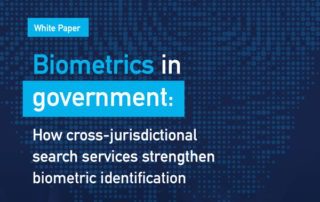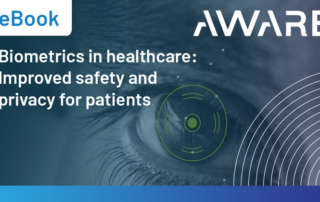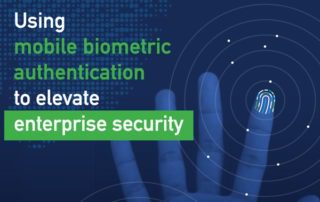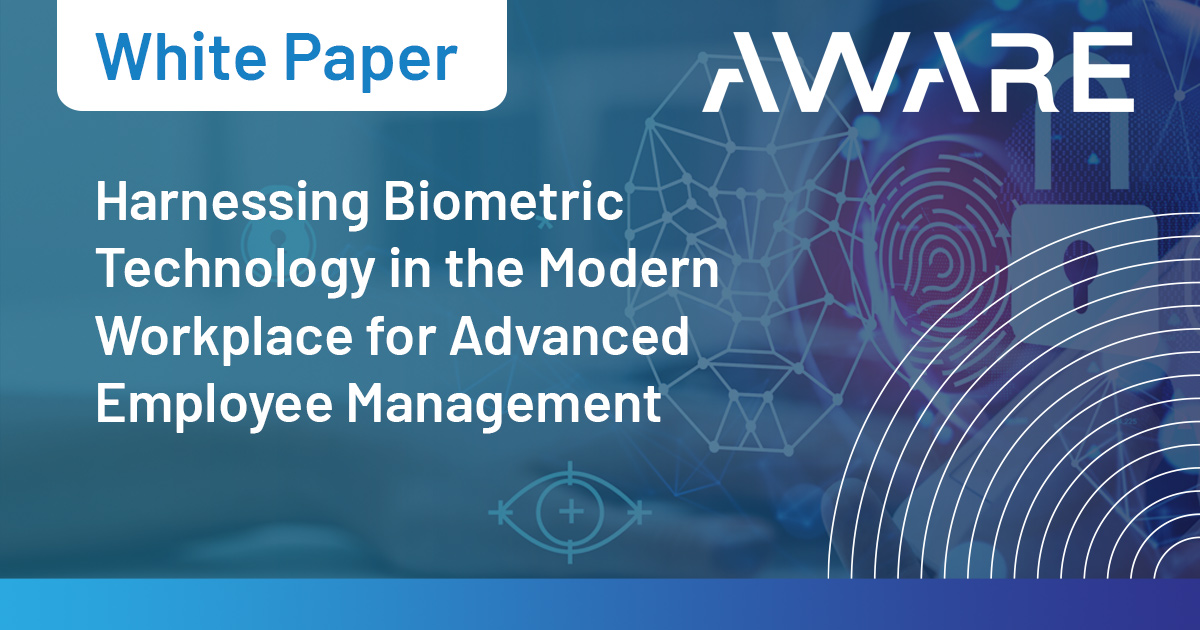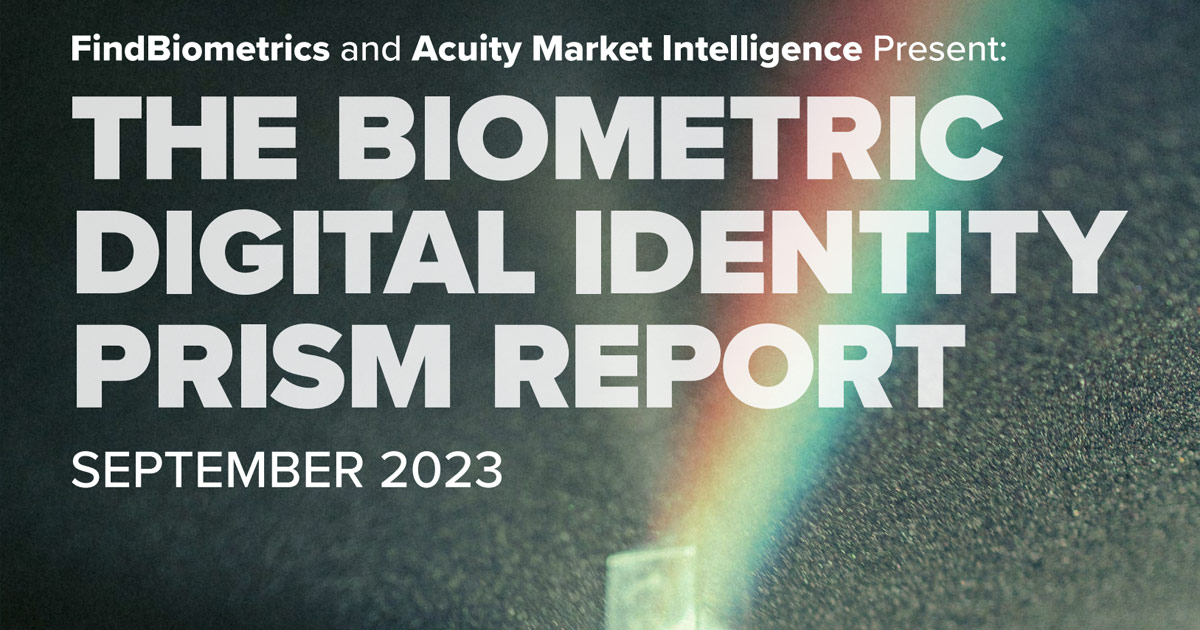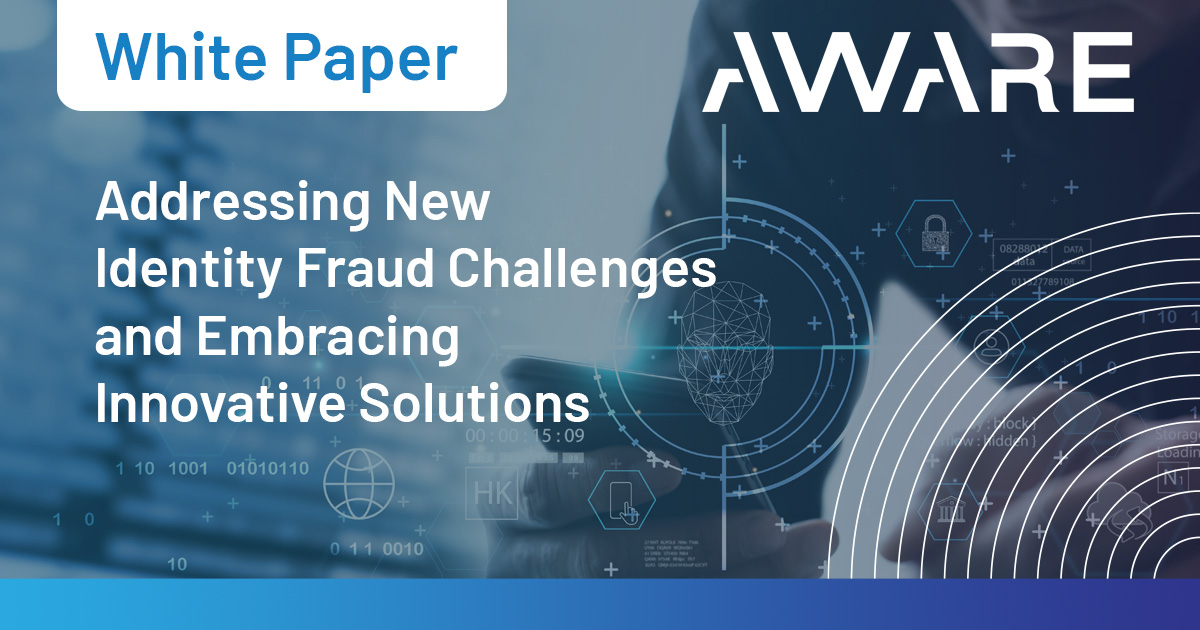Three case studies demonstrate how agencies around the world use Aware’s BioSP™ to process and share biometric data
Thank you for your interest in: Three case studies demonstrate how agencies around the world use Aware’s BioSP™ to process and share biometric data The link to download the PDF has been sent to the email address provided. Want to learn more about BioSP? Schedule a demo to get started today
Addressing Vendor Lock-In in ABIS Systems | White Paper
Thank you for your interest in: Addressing Vendor Lock-In in ABIS Systems The link to download the PDF has been sent to the email address provided. Want to learn more about AwareABIS? Schedule a demo to get started today
Mobile biometrics and liveness detection | Case Study
Case Study How Latin American banks are using Knomi® to win more customers and prevent fraud Dramatic advances in mobile phone technology and networks present banks the opportunity to make their services more accessible. Customers can now use their mobile devices to quickly apply for new accounts and credit lines, access their account information, and perform purchases and transactions, all without ever visiting a branch or ATM. Credit towards purchase of big-ticket items such as home appliances, electronics, and furniture can be issued on the spot by retailers at the point of purchase. By many [...]
Liveness detection in biometrics is essential for mobile authentication and onboarding | White Paper
White Paper Certified liveness detection in biometrics is essential for mobile authentication and onboarding Mobile biometrics offer banks and other businesses a way to more effectively verify the identities of their new and existing customers. Mobile onboarding allows a prospective banking customer to open an account without visiting a branch. Biometrics make this identity proofing process more robust and secure. New customers can then use their biometrics in place of passwords for more secure and convenient mobile authentication. Facial recognition is a particularly useful biometric modality for mobile onboarding and authentication: Nearly all mobile devices [...]
Biometrics in government: Enhanced security and convenience for citizens | eBook
Biometrics in government: Enhanced security and convenience for citizens A brief history of biometrics Fingerprint-based identification began in law enforcement. An Argentine detective first solved a crime using a latent print (left behind by the perpetrator) in 1892. In 1901, detectives in England and Wales officially began using fingerprints in criminal identification. Their use snowballed from there. By 1946, the FBI managed a library of 100 million fingerprints, according to the U.S. Marshals Service. The agency developed the Automated Fingerprint Identification System (AFIS) in the 1970s to manage the massive and still-growing collection more effectively. AFIS became “Integrated [...]
Enterprise Security in the Age of Remote and Mobile Work | White Paper
White Paper Enterprise Security in the Age of Remote and Mobile Work Biometric Technologies Take Us to the Next Level New Work Means New Security Challenges Work has changed. Advances in mobility and connectivity have accelerated the evolution of the modern business, allowing new types of enterprises to emerge. Thanks to the ubiquity of smartphones, tablets, and other connected devices, the classic nine-to-five workday confined to the cubicles of an office space is no longer the norm. Today’s work environments are as unique as the people powering them, from the entry level up to the corner [...]
The World’s Largest Employer Uses a Web-Based Platform for Biometric Identity Proofing | Case Study
Case Study The World’s Largest Employer Uses a Web-Based Platform for Biometric Identity Proofing The US Department of Defense uses Aware’s WebEnroll™ platform on 3,500 workstations for browser-based biometric enrollment and data management to make their background check system more secure and its maintenance more efficient. The U.S. Department of Defense workforce consists of 1.4 million men and women in uniform, and over 800,000 civilian personnel. The Defense Manpower Data Center (DMDC) is the agency responsible for administering the DOD’s personnel-related tasks, including background checks for all in-uniform and civilian employees. Each year, thousands of new employment applications [...]
Biometrics in government: how cross-jurisdictional search services strengthen biometric identification | White Paper
White Paper Biometrics in government: how cross-jurisdictional search services strengthen biometric identification Governments worldwide rely on passports and the relatively limited biographic information they contain for identification of citizens in a variety of critical applications, such as immigration and border management. But they are increasingly using biometrics to augment their identity proofing efforts. Biometrics such as a fingerprint, face, and iris are more unique, consistent, and fraud-resistant than simple biographics like name and date of birth, making them useful as a conclusive identifier. This is not surprising, considering that the most critical data on passports is arguably the [...]
Biometrics in healthcare: Improved safety and privacy for patients | eBook
Biometrics in healthcare: Improved safety and privacy for patients Biometrics Are Coming to Healthcare: Why Now? Global healthcare has shifted away from its reliance on paper-based medical records toward use of electronic health records (EHR). The benefits of using EHRs to quickly retrieve patient data include: Accurate and up-to-date information at the point of service Highly coordinated and efficient care Secure sharing of patient data among physicians Fewer medical errors Safer prescribing practices But these benefits depend on hospitals, clinicians, and other healthcare facilities to accurately verify patient identities during all medical encounters. Some healthcare institutions have addressed [...]
Using biometric authentication to elevate enterprise security | eBook
Using biometric authentication to elevate enterprise security Biometric authentication in the enterprise? It’s just a matter of time Mobile biometric authentication is officially here to stay. Most of today’s leading devices come with native biometric sensors, and virtually all have cameras, microphones and touchscreens that can be used for biometric authentication. Consumers have embraced this transformation; 86 percent have shown interest in biometric authentication according to research by Visa. Passwords, PINs, and knowledge-based authentication are steadily losing ground to biometrics as a primary means of authentication among personal users. Biometric adoption among enterprise users has moved more slowly, [...]
